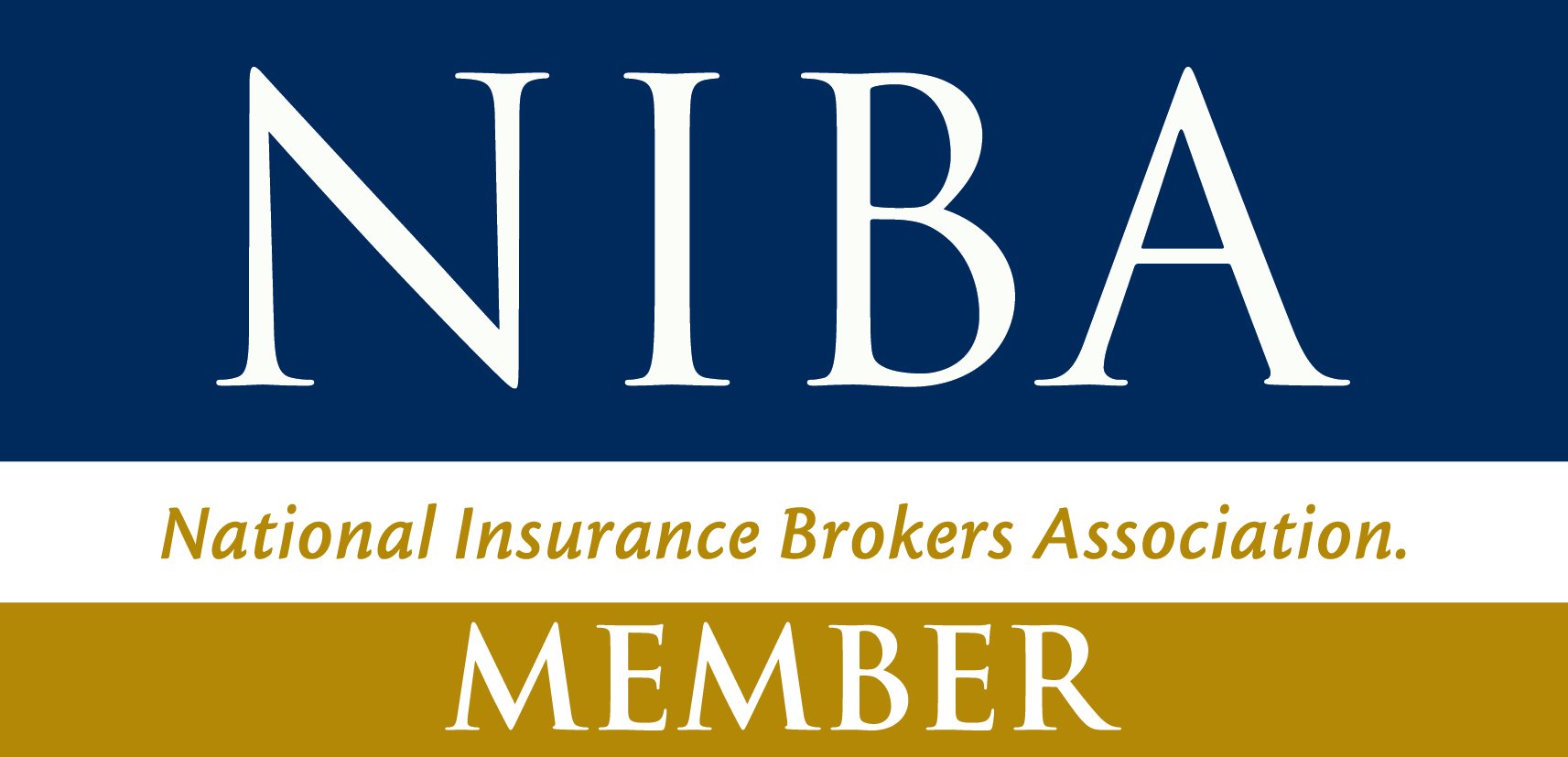Hack attacks, ransomware and phishing are just some of the cybercrimes against small businesses that can expose them to data theft, extortion or even business failure.
There are many steps businesses can take to reduce these risks and potential damage in the event of an attack.
There are lots of different ways criminals attack businesses online. The Australian Cyber Security Centre (ACSC) has categorised the three main cyber threats small businesses face as malware, phishing scams, and ransomware.
Top tips to stay safe online
Prevention is always the best form of protection. Here are some quick wins to help keep yourself and your business safe.
- Turn on automatic software updates – this helps to patch up vulnerabilities and the automatic updates mean you don’t have to think about them.
- Cyber training – teach your team how to identify common cyber scams such as phishing emails.
- Use anti-virus software – this helps protect your data from malware.
- Secure your devices – Use locks or encryption, and regularly back up your files.
- Avoid public wifi – use a secure connection, as information can be easily intercepted on public wifi.
- Regularly back up devices – recovering data can be expensive, so make sure you have your up-to-date documents backed up.
- Switch on multi-factor authentication – provide two or more proofs of identity for better security.
- Use passphrases rather than passwords – these are easier to remember and harder to crack.
- Create a Cyber Incident Response Plan – don’t wait until it’s too late to create a contingency plan for your business.
See more useful tips on our “How to Avoid Being Scammed” blog post
Should your business consider cyber insurance?
Today, every business is supported by a digital backbone. Which means all Australian firms are at risk of criminal cyberattacks. Cyber insurance offers businesses a level of protection to mitigate the effects of a cyber breach or attack. So, while prevention and practicing cyber safety is crucial, it also pays to take out insurance, so your business can better restore its operations if it falls victim to an attack.
Case Study
An accountant was the subject of a ransomware attack, in this hypothetical example. The criminals encrypted the network data, locking the business out of its system and disrupting normal operations. Sensitive client data was compromised in the process.
The accounting firm had taken out cyber insurance, so it was covered for the cost to forensically investigate the breach, the legal costs associated with prosecuting the criminals, as well as paying for the funds to settle customers’ claims. The insurance policy also met the costs associated with notifying government bodies and regulators of the breach.
While prevention is better than cure when it comes to cybercrime, having insurance cover in place meant the business was able to appropriately defend the attack and recover from it.
Your Broker Can Help
Don’t risk waking up one morning to find cyber criminals have locked your business’s IT systems. Talk to your broker today about how we can help mitigate the risk of cyberattacks stopping your business in its tracks.
Contact a broker today for your peace of mind.
___________________________________________________________________________________
Important notice
All information in this article is of a general nature only. This article does not take into account your specific objectives, financial situation or needs. It is also not financial advice, nor complete. Deductibles, exclusions and limits apply. Cover differs between insurers.
Steadfast Group Ltd ACN 073 659 677
Important notice – Steadfast Group Limited ABN 98 073 659 677 and Steadfast Network Brokers
This article provides information rather than financial product or other advice. The content of this article, including any information contained in it, has been prepared without taking into account your objectives, financial situation or needs. You should consider the appropriateness of the information, taking these matters into account, before you act on any information. In particular, you should review the product disclosure statement for any product that the information relates to it before acquiring the product.
Information is current as at the date the article is written as specified within it but is subject to change. Steadfast Group Ltd parties have contributed to the production of this content. All information is subject to copyright and may not be reproduced without the prior written consent of Steadfast Group Limited.
Frequently Asked Questions
Yes! There are plenty of policies you can implement to help make your workplace cybersecure. This can include cybertraining, using anti-virus software, backing up your devices/servers and more.
Absolutely. Cybersecurity is important as it will be the key defender in protecting your business from any unwarranted attacks. Cyber insurance can be seen as back-up in place of your cybersecurity being breached and will help your business/workplace recover going forward.
That is one of the main benefits of cyber insurance. Depending on your coverage, it can cover financial losses at the time of the attack or any lost business revenue because of it. This can make cyber insurance very valuable.




















